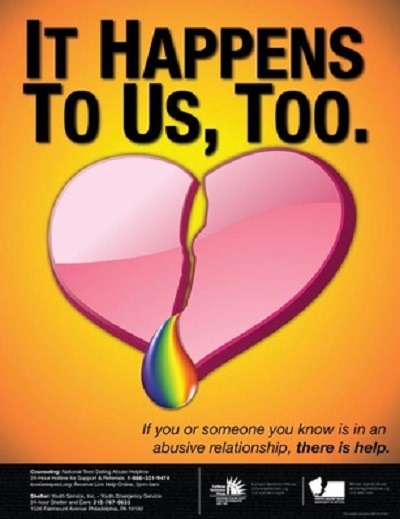Despite being an oversimplified visual depiction of a complex lived experienced, such images are used to quickly pass a message, usually to raise awareness or educate on the matter. However, both in images like these ones and in the stories that monopolize the media coverage of gender-based violence, this useful oversimplification reiterates the dominant narrative around this form of violence. The usual scenario of gender-based violence is the following: a cis-gender, heterosexual, white, middle-class, and able-bodied woman is subjected to a form of gender-based violence, either sexual, physical, emotional/psychological, or socio-economic, by a cis-gender, heterosexual, white, middle-class, and able-bodied man in different scenes, such as a public space, a working environment, or the intimate sphere. Notwithstanding the specifics of each particular case, what remains the same most of the time is the gender and sexuality of the persons involved.
To put it differently, the majority of the cases of gender-based violence that come under the spotlight and define the terms of the discussion of this topic have as protagonists heteronormative individuals in both the roles of the perpetrator and the victim, that is cis-gender and heterosexual. These powerful and affect-laden representations create the impression that gender-based violence is a social phenomenon that concerns only the cis-gender and heterosexual members of our society. It seems to me that the exclusion of LGBTIQA+ persons from the public discussion around gender-based violence and the invisibilization of their testimonies is the price mainstream feminism had to pay for raising the issue in the first place. The gender mainstreaming of such cis-gender and heterosexual feminism is based on the premise that gender-based violence is a form of violence targeted only against biologically women who are heterosexual. Thus, the terms under which the victim -the one whose testimony should be heard and be taken into account, and by extension the one who has the right to be protected- is recognized as such are mediated by heteronormativity, the privileged position cis-gender and heterosexual persons hold in our society.











 Login
Login